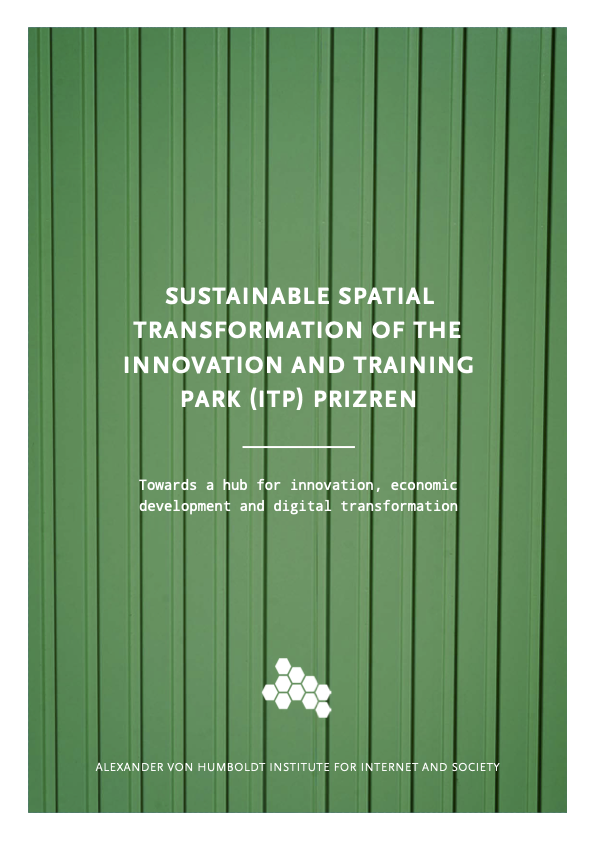This urban design study was conducted by Octagon Architekturkollektiv and provides a strategy for the sustainable spatial transformation of the Innovation and Training Park (ITP) Prizren, Kosovo in order to create a hub for innovation, economic development and digital transformation in the city and the wider region. According to the quadruple helix model for innovation (Carayannis & Campbell, 2009), an innovation ecosystem requires that actors from different societal spheres come together to collaborate with each other, namely from academia, civil society, government and the private sector. If we apply this concept on a spatial level, this means we need spaces for collaboration of those actors. If there are no spaces for encounters, there will be no opportunity for collaboration and thus no innovation ecosystem can be established. What sounds like a simple exercise is in fact a major challenge in contemporary urban design. In the case of the Innovation and Training Park (ITP) Prizren, situated on the grounds of a former Kosovo Force (KFOR) military camp, the challenge is to take a space not created for innovation nor public accessibility and transform it sustainably into an open space that can facilitate this socio-economic interaction. To this end, the present study investigates the ITP’s spatial potential and possibilities for how the park can be redeveloped by transforming the existing infrastructure and increasing its accessibility. In order to gain a better understanding of the different needs and requirements of current and future tenants as well as potential park users, this urban design study was conducted alongside two participatory events; a multi-stakeholder dialogue and a public consultation. A broader participatory process should ideally accompany the future development of the ITP.



